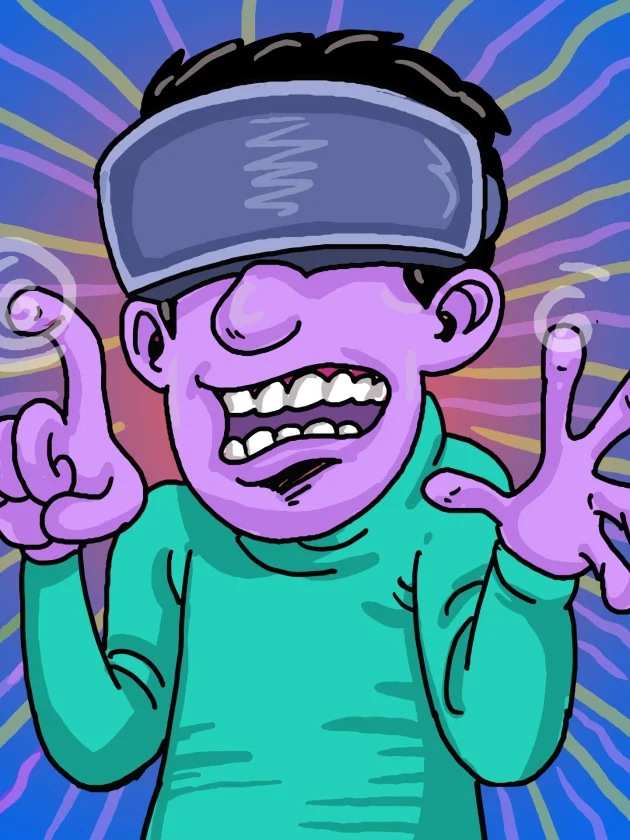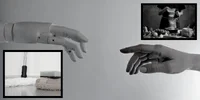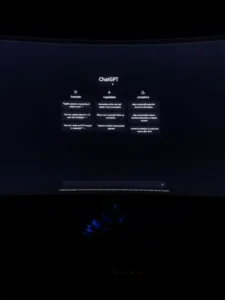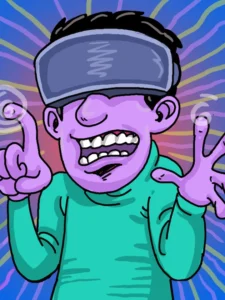We Just Got Accustomed to Influencer Marketing And Now There’s Something New – METAFLUENCER.
We must admit that influencer marketing is new and most of us are still grappling with the idea of how people can earn money by making videos and reels on product/service recommendations & discounts.
While we were engrossed with ‘money don’t jiggle jiggle’ and thinking about being an influencer someday, influencer marketing just got upgraded. This time it’s without humans. Yes, influencer marketing in a metaverse is getting ready.
But it has started seeping into the regular universe as well with many metafluencers getting millions and millions of followers on Tik Tok, Instagram, Snapchat and other social media platforms.

So who are metafluencers?
“A virtual influencer is a computer-generated character, also identified as a “fictional person” or “robot,” that is crafted to resemble as human as possible, with unique characteristics, features, quirks, and personality traits. These digital characters are public figures with a first-person view of the world, and allowed access on media networks for the sake of influence.”
According to a recent study, these influencers’ engagement levels on Instagram are 3 times higher than that of a human. Many consumer brands are trying it and becoming successful in it too.
One of the best examples comes from the world of fashion. Prada used a computer-generated avatar influencer called Candy to promote their fragrance collection. Prada’s Candy aims to “rethink reality”, offering a variety of advertising formats that include a print ad campaign photographed by Valentin Herfray, a series of short films, and virtual experiences on TikTok, Twitch and Snapchat where she interacts with the perfume bottle, designed by art director Fabien Baron.
If you think this might take time to come to India, then you are wrong. Here’s Kyra (Instagram Page), India’s first metafluencer. She has more than 140k followers. (Are you one of them? If yes, then enlighten us – why?). She is doing all the photo sessions and reels like human influencers do – yoga, travelling to beaches and palaces, lounging and much more. The gadget company ‘boAt’ has also collaborated with her (ya, that’s her preferred pronoun).
Ugghh…
Why virtual influencer? And why an obsession with making robots as human as possible? We already have humans who look exactly like humans.
But there are many influencers who are not designed like humans. They are like cartoons. ‘Nobody Sausage’ (Instagram Link) is an example. It creates new reels, songs and dance steps and people like seeing it dance.
The problem with these avatars or virtual influencers is that humans will be operating them with their biases, world views and opinions.
Indiatimes report highlights this issue. It writes, “Experts believe that there is an immediate need for strict standards, both to assist producers and their brand partners in navigating this new territory, and, more importantly, to assist users in understanding the content with which they are interacting.
Meta [Facebook company] has warned that “synthetic media has the potential for both good and harm,” citing “representation and cultural appropriation” as particular areas of concern. Indeed, despite their brief existence, digital influencers have a record of overt racialization and false representation, elevating ethical concerns for creators who generate virtual characters with demographic characteristics that differ from their own. However, it is unclear whether Meta’s proposed guidelines will appropriately address these concerns.”
Reportedly, there are already more than 150 virtual influencers. A website known as Virtual Humans has details of all these influencers – their creator, creation date, etc. The website also showcases interviews with those virtual influencers. That has blown my mind.
Traditional influencer marketing (yes, now we have to make this distinction) inspired a lot of people to share the space with mainstream celebrities. With the new wave of metafluencer, would this space cease to be extinct for humans in the near future?
So, where is this going? No idea! When virtual reality becomes a reality, only then we may see the perils of it, or some great benefits, if they exist at all.
Personally, I am sceptical of all such developments in the metaverse field. I hope we would prefer to see humans’ faces in photos, videos and reels over the long term. But, as the saying goes – “In the long term, we are dead.”
What are your thoughts?
– Swapnil Karkare











